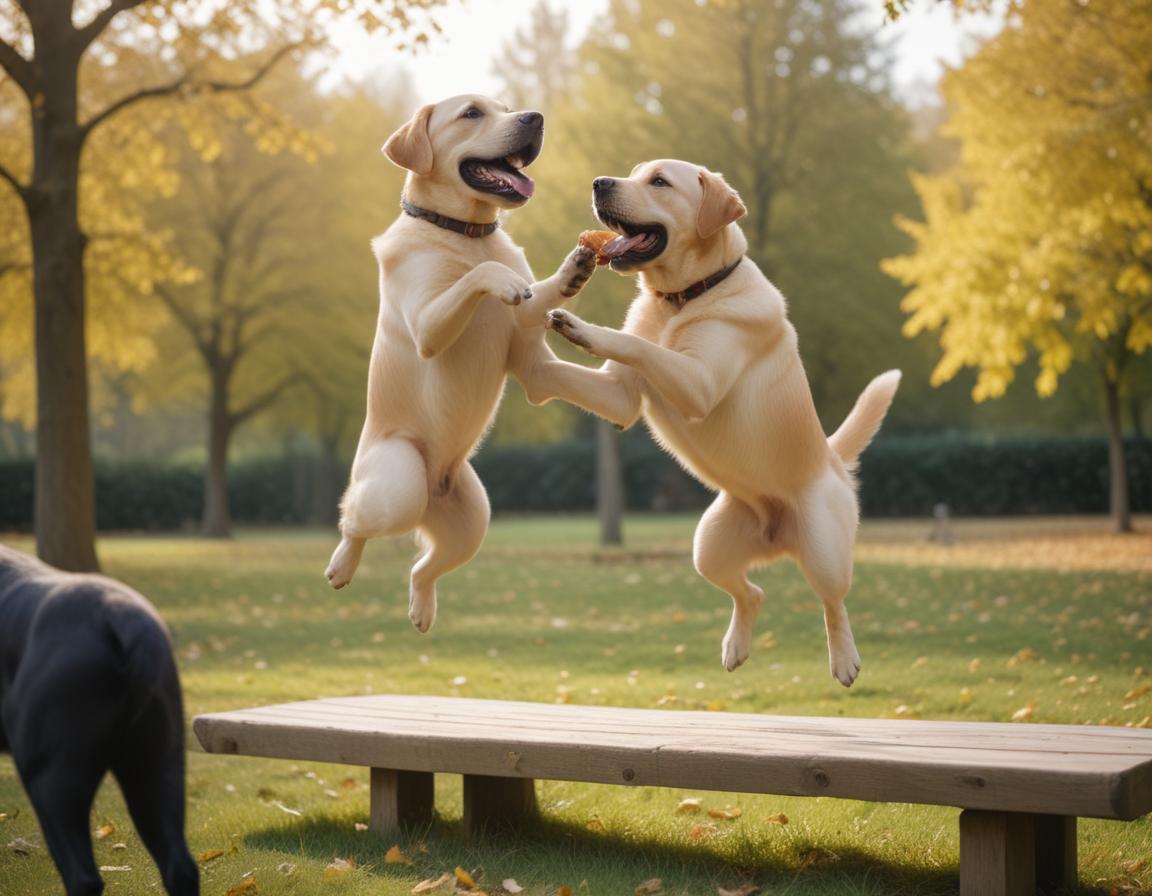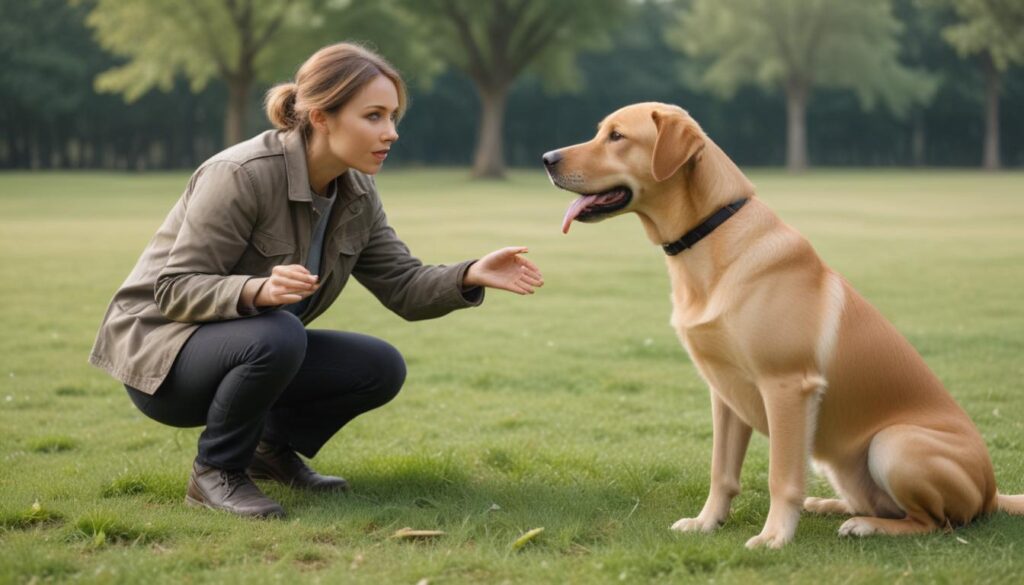Transform Your Dog’s Behavior: The Power of Positive Reinforcement
The Case of Max: A High-Energy Labrador’s Transformation
Meet Max – an exuberant Labrador Retriever whose boundless energy became challenging for his owners. Max’s struggles with excessive barking and jumping were not just stressful for his family but created difficulties in social situations. Enter positive reinforcement training.
Max’s trainer began by addressing these behaviors with patience and consistency. High-value treats became the key to steering Max toward desired actions. The trainer introduced simple, clear commands such as ‘sit’ and ‘stay,’ immediately rewarding Max with a treat whenever he complied. Gradually, Max began associating calm behavior with positive outcomes. He started responding more reliably to voice cues while ignoring distractions.
The transformation was profound; by the end of the program, Max displayed remarkable improvements in his behavior. This case study underscores how positive reinforcement not only corrects undesirable behavior but nurtures a well-behaved and joyful pet.
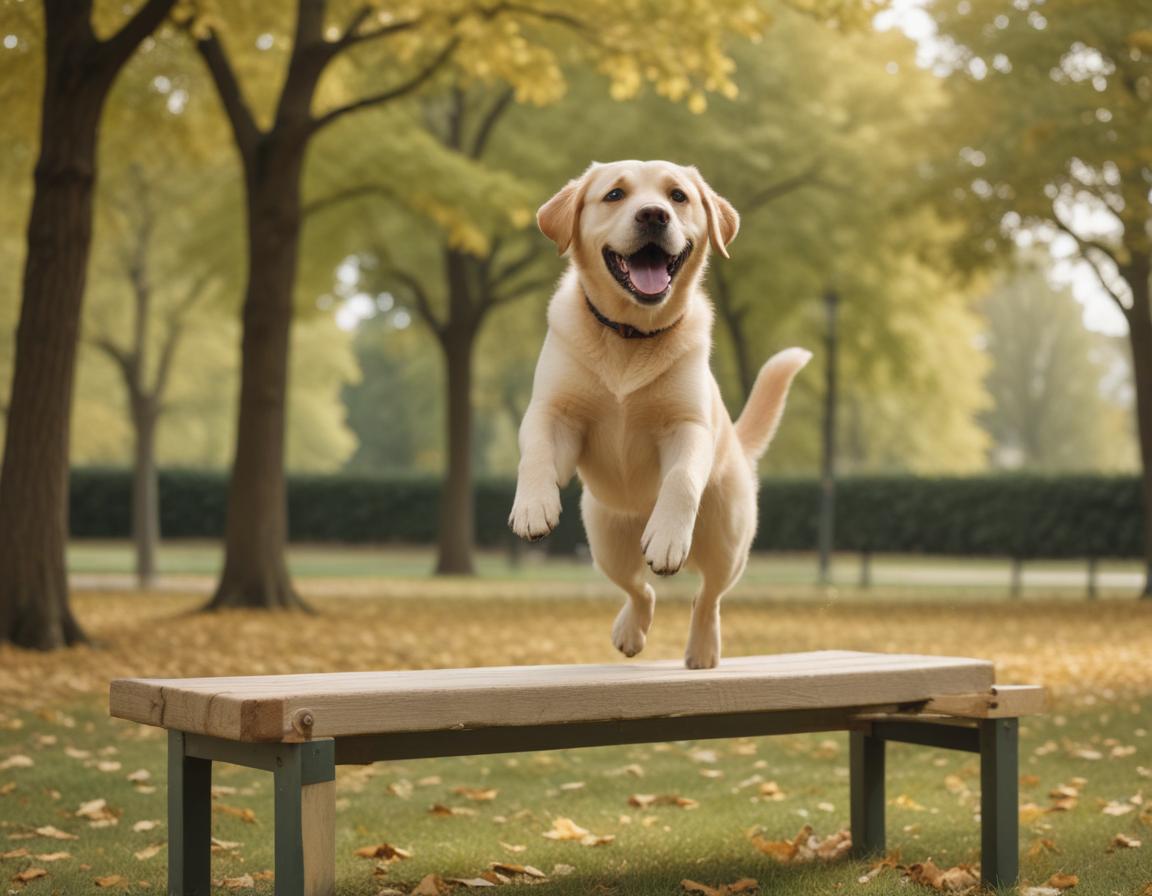
Why Positive Reinforcement Works
Positive reinforcement works by rewarding desired behaviors as soon as they occur, creating a direct connection between the dog’s action and the benefit they receive. This mutual understanding is far more effective than punishment-based training, which can instill fear or resentment.
When you reward your dog with treats, praises, or play for following a command or refraining from an undesirable action, they’re more likely to repeat the good behavior. Science supports this approach – dogs tend to learn better and faster when interacting positively with their environment.
Training your dog using this method builds confidence and trust, while also addressing behavioral challenges like leash pulling and nuisance barking. Consistency rewires your dog’s brain to make positive behavior a habit. Moreover, this approach strengthens the bond you have with your dog, making the process a win-win for both of you.
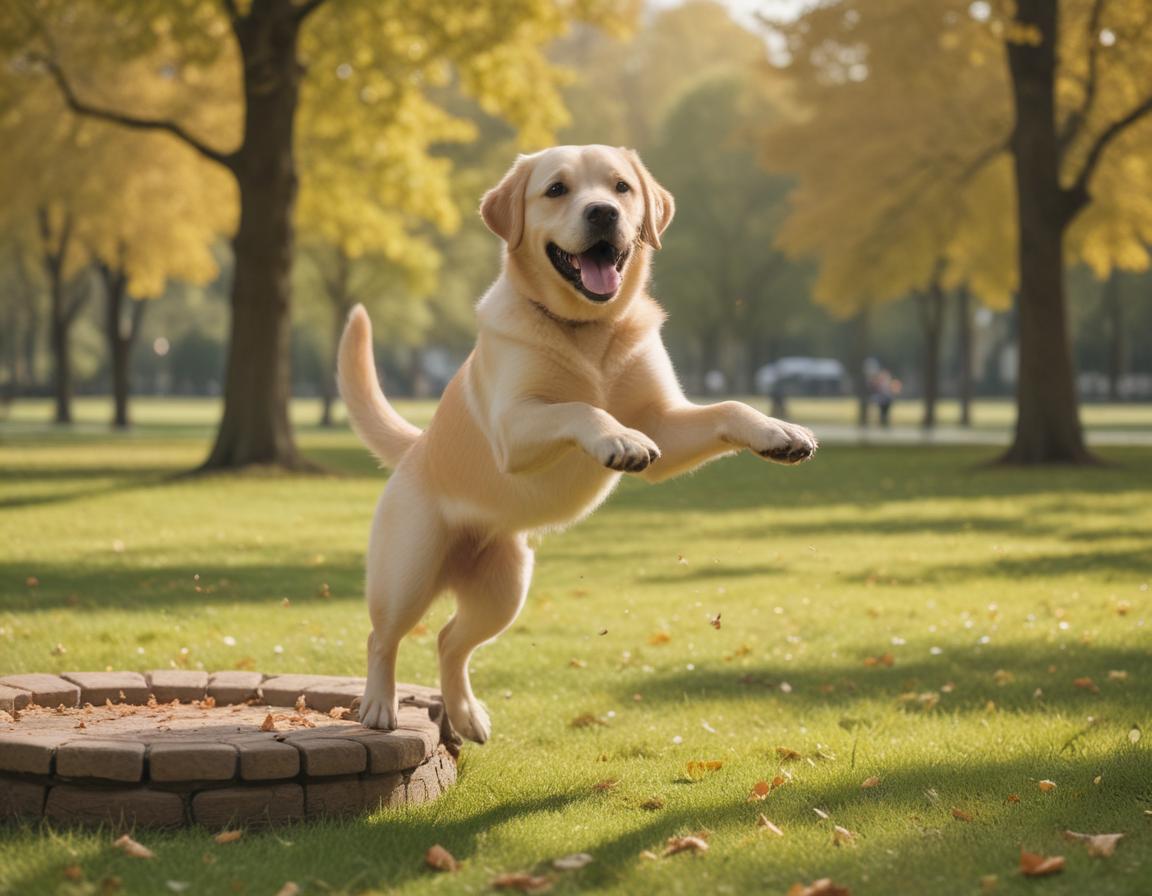
The Importance of High-Value Treats
The choice of rewards can play a significant role in the success of your training sessions. ‘High-value treats’ are particularly enticing for dogs – small, delicious, and irresistible morsels that should be reserved solely for training purposes.
Whether it’s tiny bits of chicken, cheese, or store-bought premium treats, these special rewards motivate your dog to focus on earning them. High-value treats are particularly effective when introducing new commands or breaking old habits. To keep your dog engaged, rotate the types of treats, especially during challenging sessions in distracting environments.
Be mindful, though, and use treats sparingly to avoid weight gain. By balancing treat size and frequency, you can incorporate them as a learning tool while keeping your pup’s health in check. These small rewards can turn a training moment into an exciting and enjoyable learning experience for your furry friend.
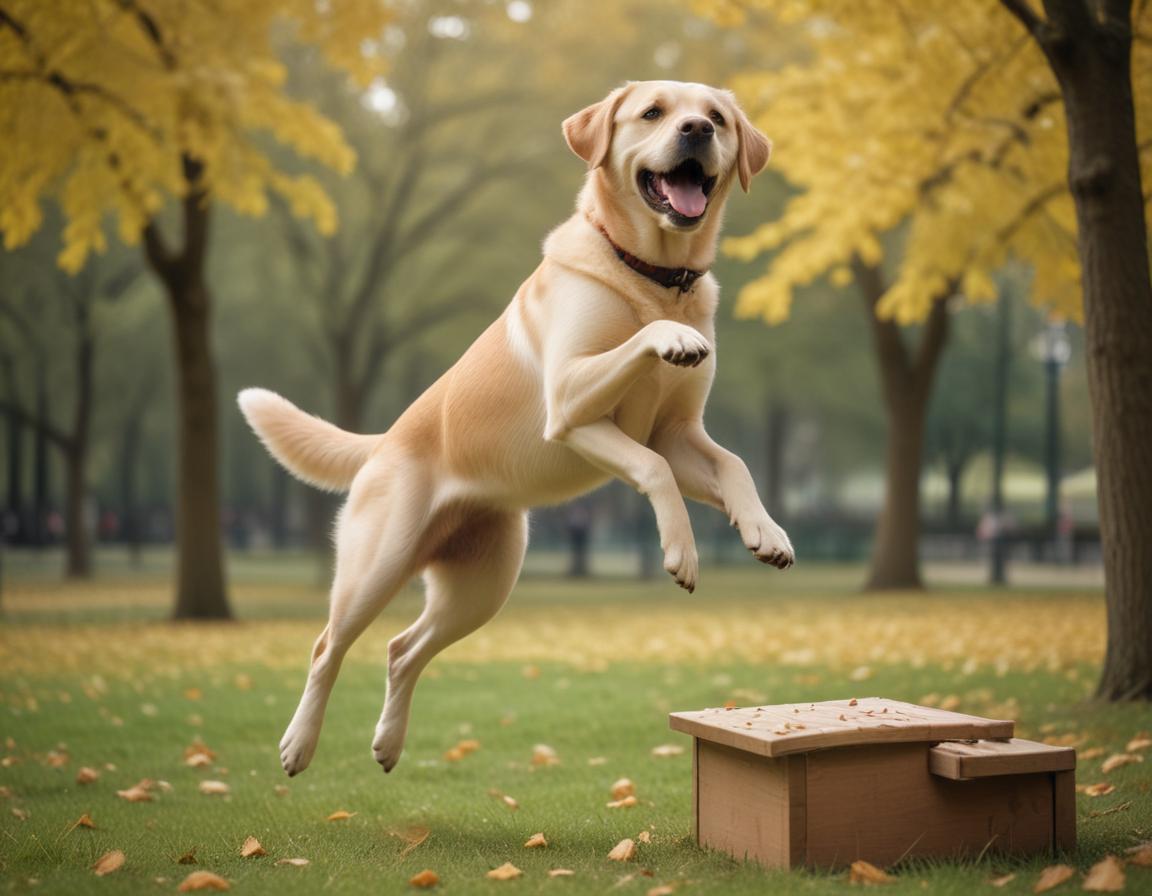
Consistency is the Key
Consistency is at the heart of effective positive reinforcement training. Dogs thrive on predictability, and maintaining a uniform approach will help your furry friend learn quicker. For example, if you’re teaching your dog to sit before meals, ensure every family member enforces the same rule. Consistency eliminates confusion and ensures your dog understands what’s expected of them.
Training at the same time each day helps establish a sense of routine, while clearly articulated commands avoid mixed signals. Remember, patience also plays a significant role in the process. Some dogs pick up commands quickly, while others may need additional practice and repetition. Remaining steadfast in your approach cultivates trust and fosters confidence in your dog.
Consistency and patience are the building blocks of dependable training methods that promote lasting change.
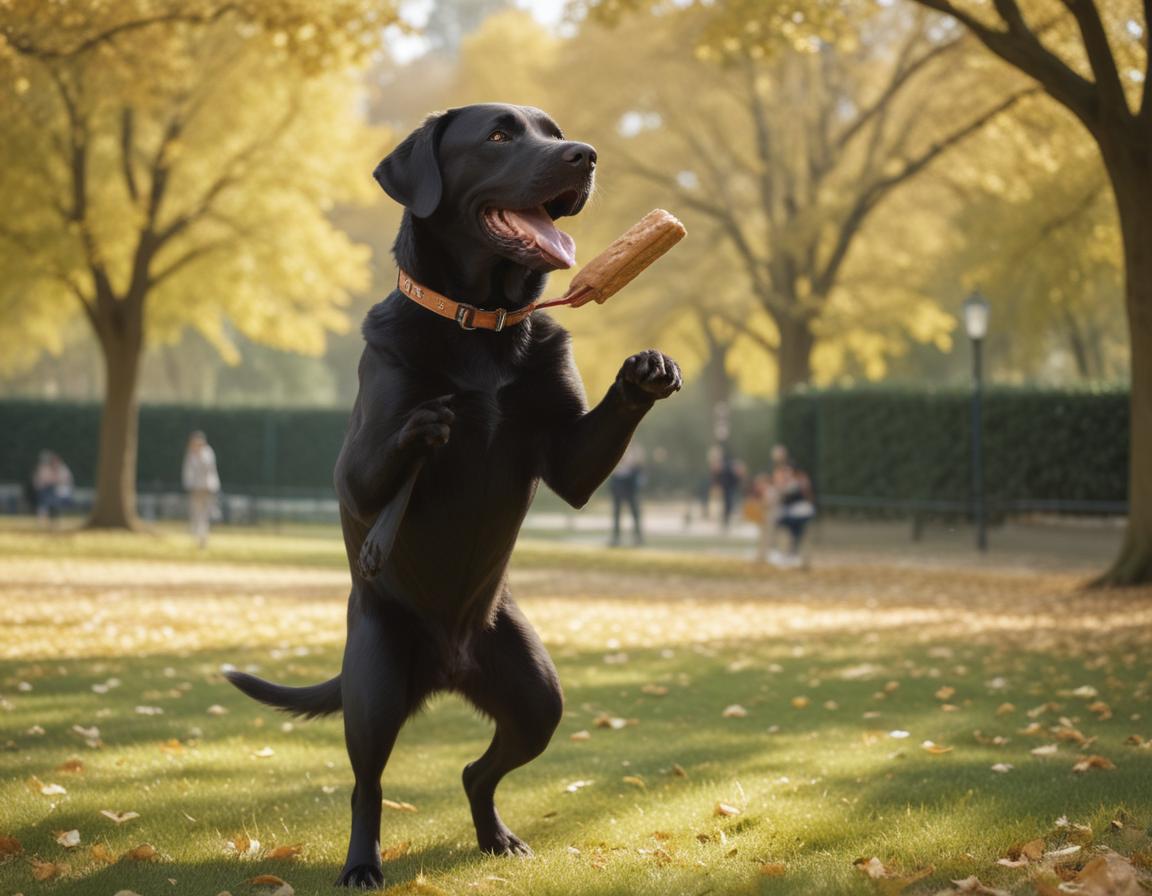
Building Trust and Strengthening the Bond
Positive reinforcement training does more than teach commands; it helps create a profound bond between you and your dog. By associating commands with rewards, your dog gradually understands that you’re a reliable and caring leader. This trust fosters greater respect and cooperation during training and everyday activities.
Even shy or neglected dogs respond positively to this method. Activities like clicker training, offering praise, or simply rewarding eye contact help build non-verbal understanding. Over time, these interactions cultivate a joyful and secure relationship between you and your dog.
By investing in your dog’s training journey, you’ll not only enjoy a well-behaved pup but also develop a lifelong bond filled with trust and affection.
